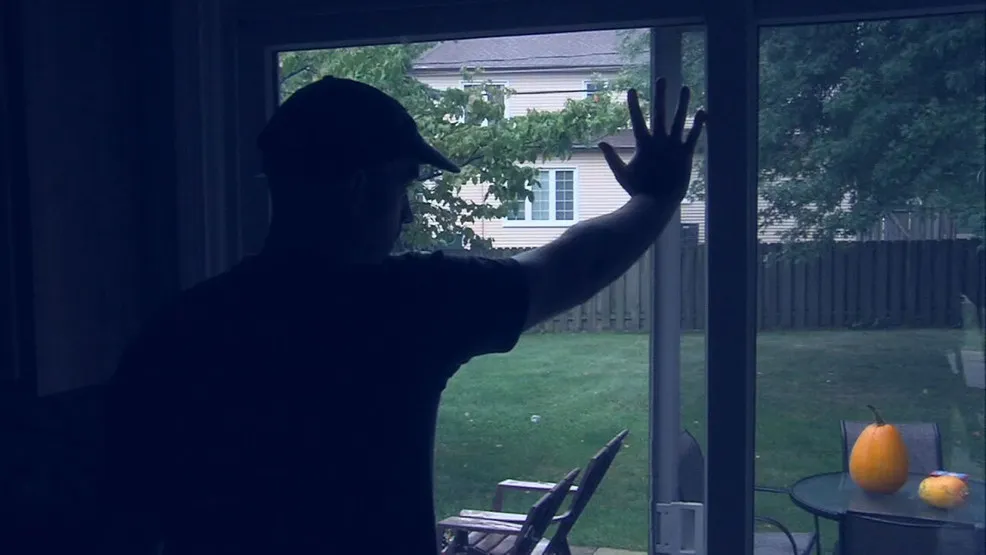Daylight Saving Time and Its Impact on Seasonal Affective Disorder

Understanding Seasonal Affective Disorder
Daylight saving time often marks a shift in mood, as many face the challenge of seasonal affective disorder (SAD). This type of seasonal depression primarily impacts individuals during darker months and can lead to feelings of sadness and fatigue.
Light Therapy as a Treatment
One effective approach is light therapy, which utilizes bright lights to mimic natural sunlight, reducing symptoms of mood fluctuation associated with SAD. Engaging with blue light devices has shown promise in enhancing mood and alleviating feelings tied to seasonal changes.
- Consider trying light therapy boxes for daily exposure.
- Combine treatments with regular exercise for optimal results.
- Seek professional help if symptoms persist.
Finding Balance and Seeking Help
Many struggle with clinical depression exacerbated by the daylight saving time switch. It’s crucial to prioritize mental health and explore appropriate treatments. Regular check-ins with healthcare providers can aid in developing effective coping strategies.
Disclaimer: The information provided on this site is for informational purposes only and is not intended as medical advice. We are not responsible for any actions taken based on the content of this site. Always consult a qualified healthcare provider for medical advice, diagnosis, and treatment. We source our news from reputable sources and provide links to the original articles. We do not endorse or assume responsibility for the accuracy of the information contained in external sources.
This article was prepared using information from open sources in accordance with the principles of Ethical Policy. The editorial team is not responsible for absolute accuracy, as it relies on data from the sources referenced.